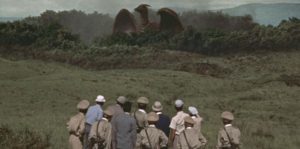
To me, giant monster movies are very similar to superhero films. The stories are the same, but then we have a new hero with different powers with each iteration. The same holds true for monster movies. The kaiju picture, now that I can officially use the term, is Toho studios’ Rodan. Directed by Ishirō Honda, Rodan was Toho’s follow-up to the wildly successful Godzilla and the first kaiju film to be shot in color.
The birth of Rodan is a familiar story. The Americans are again testing nuclear weapons technology in the South Pacific without regard to radiation’s effects on nature and the environment. The unwitting victim this time is the small Japanese mining community of Kitamatsu.
Early one morning, two miners, Goro and Yoshi, get into an argument. Yoshi runs off into the mine while Goro cools off. Later a mining engineer discovers the mineshaft flooded and, to his horror, finds the dismembered body of Yoshi. Though Goro is considered a suspect, Yoshi’s body’s horrific condition leads them to believe it’s something more sinister.
But we’re here for the monsters, right? The real culprit is a giant dragonfly larva. The larva escapes the mine and begins terrorizing the small town. It soon grows into the kaiju known as Rodan. Unlike Godzilla, the radiation spewing reptile, Rodan flies and does so at super-sonic speed. Rodan’s attack on planes has halted all air travel in Asia, and its sonic booms have the power to level any city in the path of its jet stream. To add to the problem, there are now two of them. The story now becomes a global puzzle of how to best the beast. How do you stop a giant monster when guns, bombs, and missiles are shown to be ineffective?
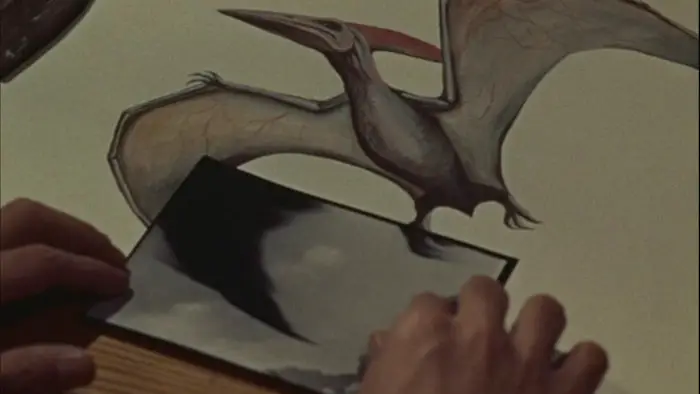
“The larva escapes the mine and begins terrorizing the small town.”
Rodan is the next step in cinematic evolution for Toho Studios after Godzilla. Clearly, by now, Toho has made significant advancements in building small-scale towns and military vehicles, including tanks, helicopters, and jets to destroy. It’s the use of these miniatures that drew me to Kaiju films as a youth. I’d rather see a miniature destroyed over any slick, “realistic” CG-animation any time. I suppose that our brain finds actual destruction (no matter how small) more devastating than cartoon destruction, which is what we get today.
Also separating itself from Godzilla is the fact that Rodan is exclusively airborne. It’s not a guy in a suit, but a large model suspended in the air by wires. The edits between sound stage miniatures with real outdoor locations come fast and furious, effectively blurring the real and fake. Here filmmakers understand how audiences perceive these images in their brains and how what we see on the screen has to be managed to keep us in this hyper-realistic world.
The plot is probably the greatest weakness in Rodan. Then again, like action films and porn, we’re not here for the story. We’re here for giant monsters, millions of dollars in property damage, and implied massive scales of human death. My issue is how it opens with a small town, sets up a scared community with a love story of sorts, and then abandons it. The problem becomes literally gargantuan and quickly morphs onto large-scale military operations. But again, we’re not here for such.
For the most part, Rodan is the next step to the growing number of kaiju films. It serves more like a continuation of the genre and pushes filmmaking limits in 1956 toward bigger and better monsters to come.
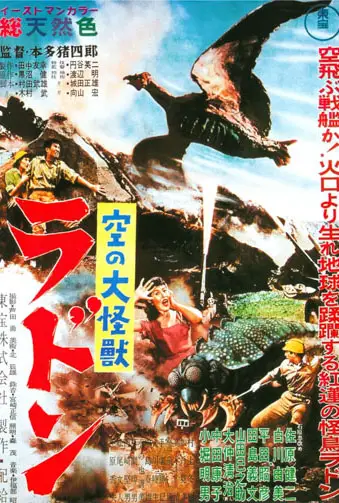
"…edits between sound stage miniatures with real outdoor locations come fast and furious, effectively blurring the real and fake."
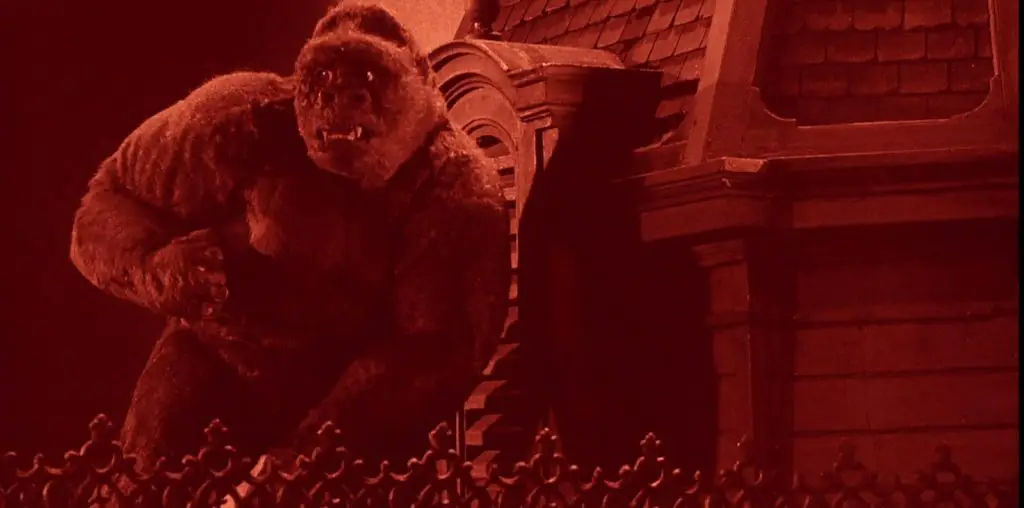
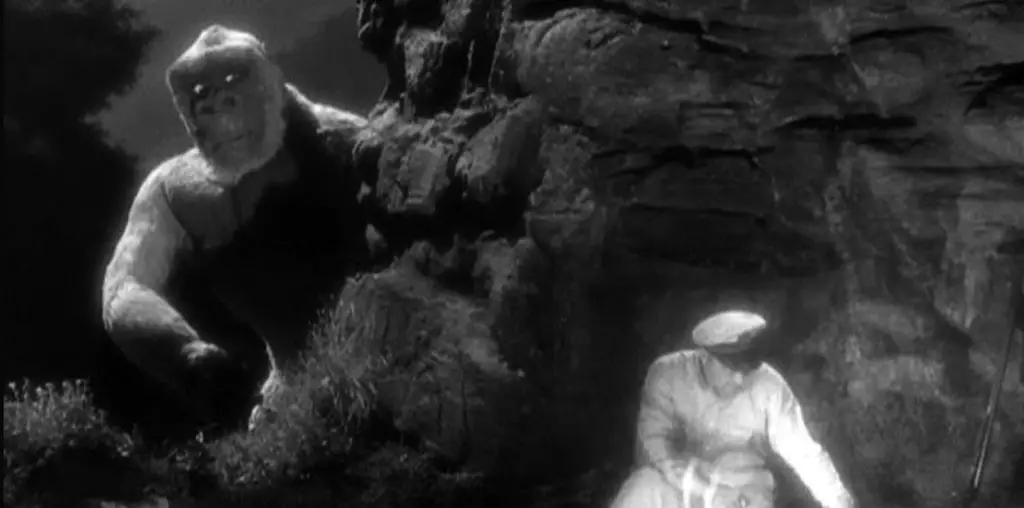
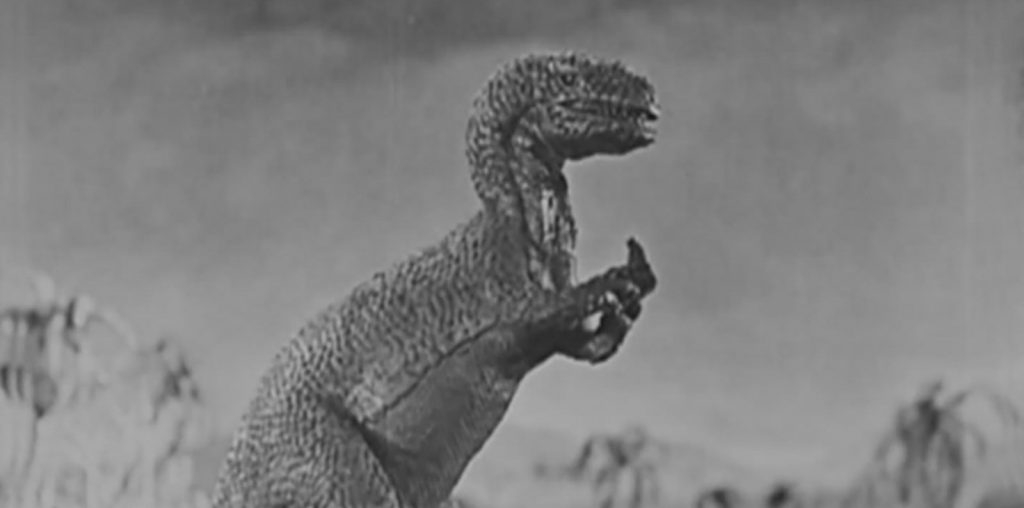
Your plot summary is incorrect. The larvae does not grow into Rodan. Rodan hatches from a giant egg. Did you even watch this movie? Why would you claim to be a film reviewer?